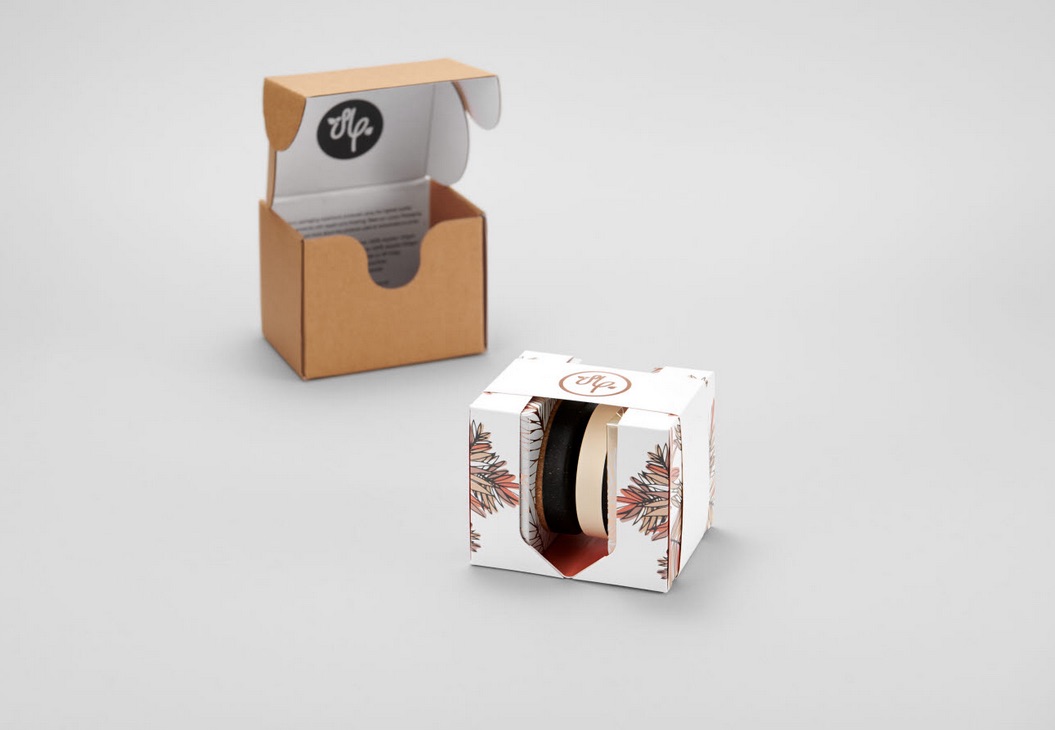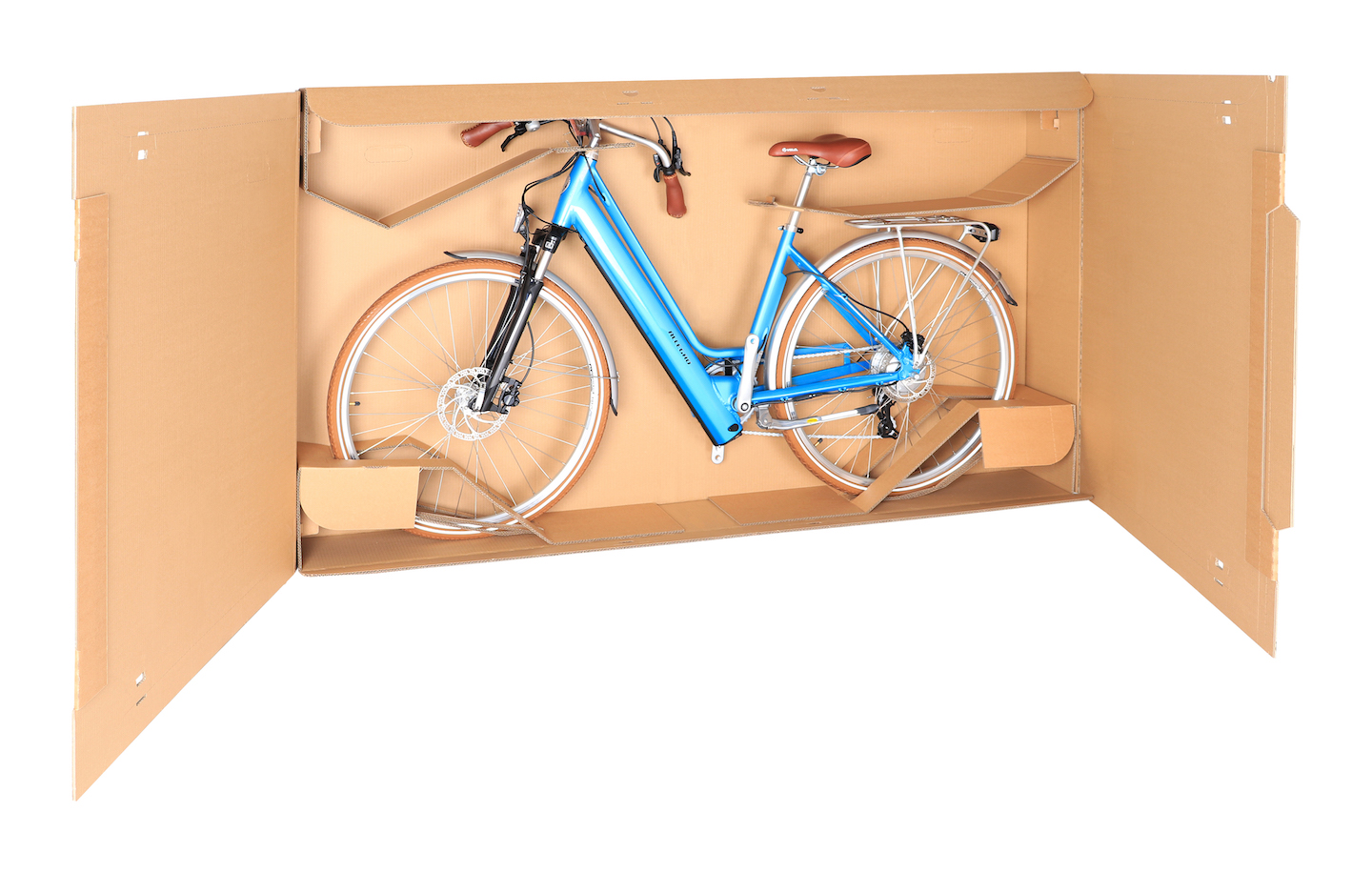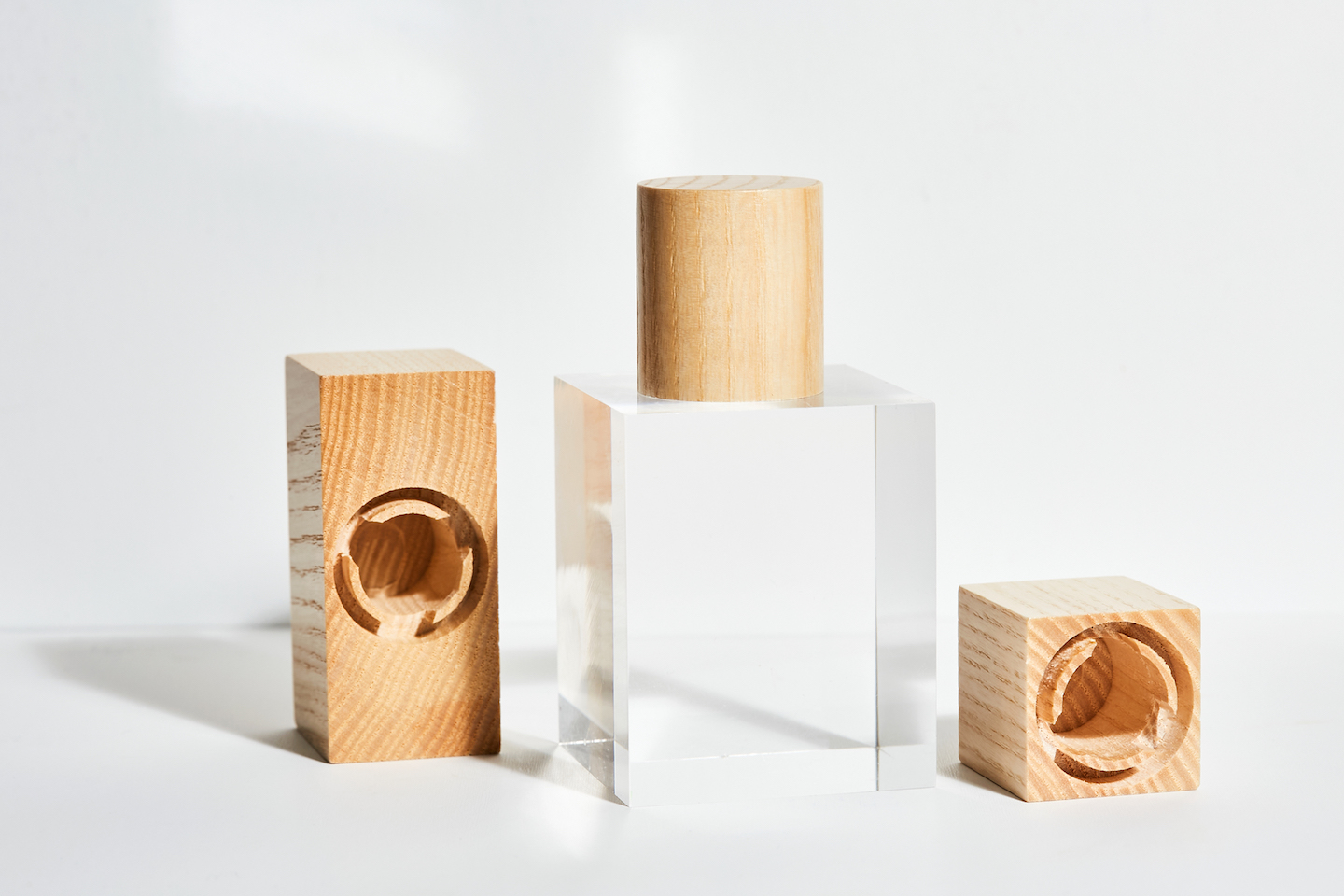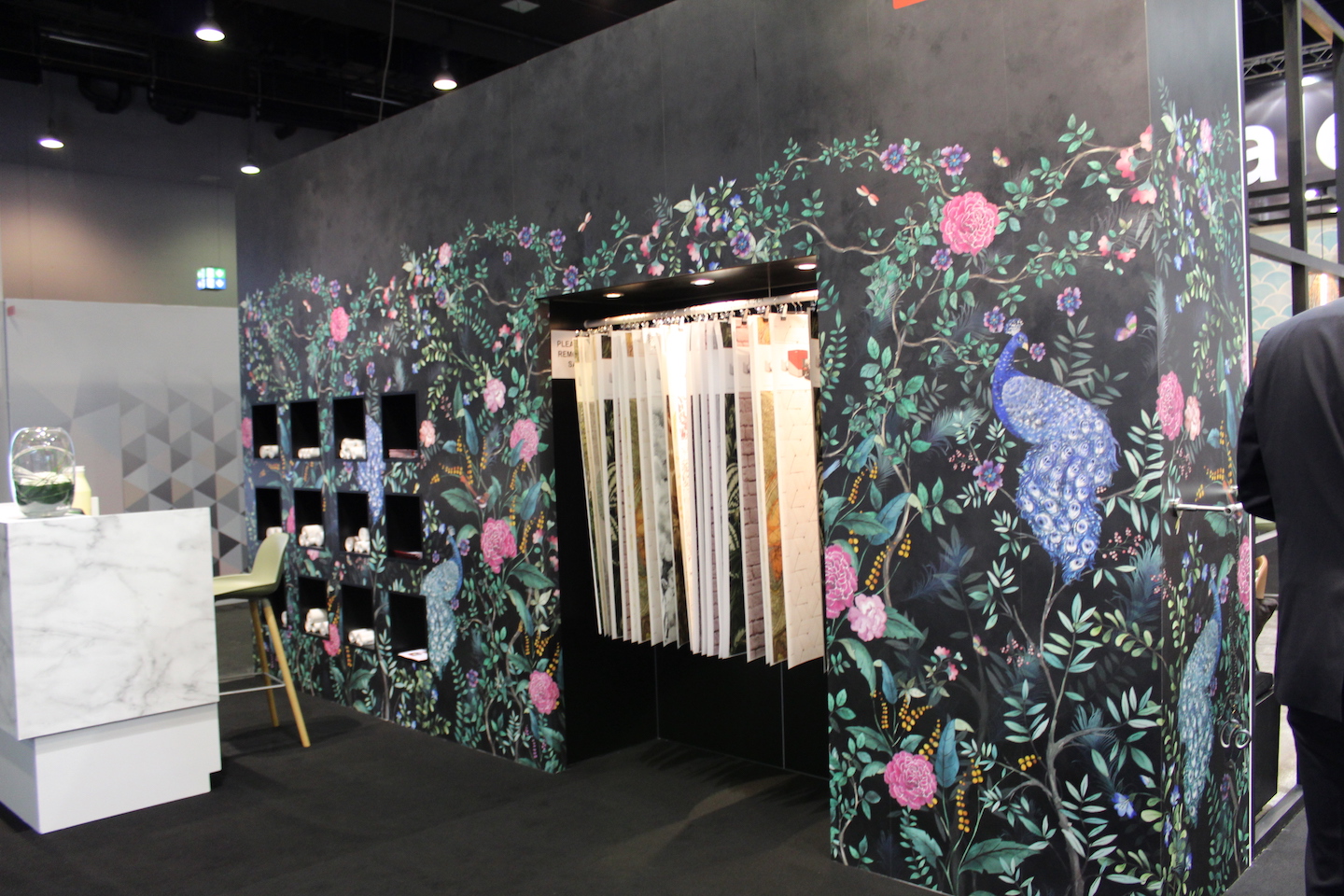During the still ongoing pandemic, values have shifted. Humanity comes first, of course. But for printing it also means that issues such as sustainability play a major role. The latter, coupled with new applications, most of which have emerged from changing consumer behaviour, are leading to an acceleration of development. By Sabine Slaughter
Whether you call it acceleration of acceptance, acceleration of innovation or even just a change in priorities, one thing is clear: the SARS-COV-2 virus is changing the world. Consumer behaviour has changed and with it their values. This in turn is leading to new applications and even new markets in print.
The requirements and regulations regarding the prevention of infections have become more stringent. Shops, companies, enterprises have to point these out. These include the indication of rule-compliant distance between people; the maximum number of people allowed to enter shops; floor graphics or even the indication of mask duty, to name but a few. This is where the new niche application area of Social Distancing Signage (SDS) has developed. This includes both indoor and outdoor areas and encompasses all materials. Social Distancing Signage
Social Distancing Signage
It is not only within a company or market that signs must now point out corona-compliant behaviour and regulations - this is also mostly obligatory in outdoor areas. While at the beginning of the pandemic many hand-painted signs could be found, in the meantime an almost complete branch of industry has emerged from this. Many different types of signage have emerged. While the pictograms are mostly the same, print customers also want a personal touch. Besides the company logo - a form of low-threshold customisation - there can be other personalisation features on this type of signage. This ranges from offers, information, mood-enhancing drawings to QR codes that can even hide games or even music or pURLs.
The materials are as diverse as the places where SDS can be seen. Window graphics for indoors and outdoors, wall and floor stickers, hanging signs, flags and material substrates - the entire range is in demand here.
However, floor stickers in shops in particular are subject to an "expiry date" and need to be replaced regularly. Signage that is not legible or recognisable also cannot inform the customer of distance or the like. So what is needed here are materials and prints that last as long as possible and are highly resistant to light and abrasion. No wonder, then, that this sector is booming.
In addition, the printed products should be sustainable - because that underlines the company's commitment in this area. The public's increased awareness of this issue during the pandemic is providing a boost here. Large sections of the target groups are looking very closely when it comes to environmental protection and sustainability. Sustainable packaging
Sustainable packaging
This leads to a further accelerated development. Even before Covid-19, there was an increased demand for sustainable packaging. However, changing consumer behaviour ensures that already 80 percent would pay up to 6.5 percent more for a sustainable product. This includes packaging.
Packaging should be appealing, it should inform and at the same time protect the contents - and it should also be sustainable. Packaging designers, printers and brand owners are increasingly responding to this wish. Besides haptics, eye-catching, elaborate packaging, also for non-luxury products, sustainability is one of the top points that have moved up the importance scale - and this for all those involved in the circular economy.
According to a study by Climatepartners, 60 per cent buy environmentally friendly products as often as possible and 50 per cent pay attention to the CO2 emissions of these products when buying food; for drugstore products the figure is 38 per cent.
No wonder, then, that printers and their suppliers, packaging designers, and all others involved in the supply chains are striving to meet this end-customer demand. E-commerce packaging
E-commerce packaging
Numerous lockdowns, regionally and nationwide, have led to increased business via the internet. This naturally leads to an increased demand for packaging. While e-commerce packaging was not necessarily a major issue before the pandemic, it is now becoming an important area of packaging. A wide variety of goods and merchandise have to be shipped - their protection is important, shelf life should be guaranteed and of course they should be appealing.
A recipient's first contact with a product often no longer takes place at the point of sale. It is ordered over the internet and while the buyer has already seen product photos on the internet, he is waiting for a package. And when the package arrives, it should stimulate excitement and interest in addition to anticipation of the product. The packaging should inspire and the unpacking should be an experience. Nothing dampens the mood like zero-eight-fifteen packaging. The elation that takes hold of someone who has just physically purchased a product in a shop after a long search and consideration must be transferred to e-commerce. Because enthusiastic customers come back, they order again and again and again - this applies to PoS business as well as to the Internet.
Of course, in the field of e-commerce packaging, too, the packaging and not only the product must be as sustainable as possible.
Wallpaper and interior design
Anyone who spends so much time at home during the various lockdowns also needs a change of scenery from time to time. The home office is thriving and it will be a very long time before, if ever, people flock to the office again as they did before Covid-19. Just like in the office, however, people want to feel comfortable.
If lockdown is going to happen, people want it to be nice. It is estimated that over 70 per cent of employees with office jobs who were moved to the home office during the pandemic will not return to the office either. Decentralised, distributed working - "working from anywhere" - will become the norm. Although DIY stores are mostly closed, there is e-commerce here too. People want to adapt their environment to their needs and turn what was once "living only" into combined living and working. For many, this also means renovating, "making it beautiful" in the area that is now the centre of their lives.
Although DIY stores are mostly closed, there is e-commerce here too. People want to adapt their environment to their needs and turn what was once "living only" into combined living and working. For many, this also means renovating, "making it beautiful" in the area that is now the centre of their lives.
Of course, this also includes individual solutions and colour schemes. The new kitchen front, printed on a digital printing machine, with individual motifs or the new wallpaper, self-designed or chosen from a pool of patterns, pictures and so on, are the first signs that the flat is becoming a favourite and at the same time a place to work. At the same time, of course, there is also a new design. One has accepted that home office hours are not limited to a few hours a week. And one wants to feel comfortable.
So it's no wonder that the DIY sector is booming. Whether it's a digital printing machine that stands in the print shops and reliably prints, cuts and rolls up wallpaper at industrial speed, ready for dispatch - individualised, personalised, or not - depending on the customer's wishes - or photo wallpapers are created with a large-format printer, it doesn't matter. The field of renovation, adaptation to the new conditions in the private but also in the corporate sector is booming. Especially because here, too, e-commerce has gained a foothold and everything can be ordered. Opportunity for printers
Opportunity for printers
For printers, however, this also means that they have to adapt to the new applications. Can our existing presses handle these tasks? How can I expand my portfolio to include these and other applications? These are all questions that printing companies must and should ask themselves.
Burying your head in the sand now and hoping that everything will go back to the way it was before the pandemic is the wrong way to go. Printers, designers and converters must put everything to the test. In addition to eliminating bottlenecks, more efficient workflows and clever investments, what is needed above all is innovation.
Our examples of new applications at this time are just that - examples. There is still a lot that can not only be improved but also reinvented - especially when the issue of sustainability is taken into account.
We have all been given a new board to write on. A chance to shape our future and stand out from the competition with innovation, dedication, commitment and a lot of interest in everything. It's a chance for printers, designers, converters and everyone involved in the lifecycle of a product - printed, packaged or even manufactured - to get involved here, act sustainably and write on the board with success. Your customers and the environment will thank you.
